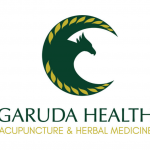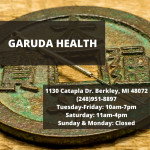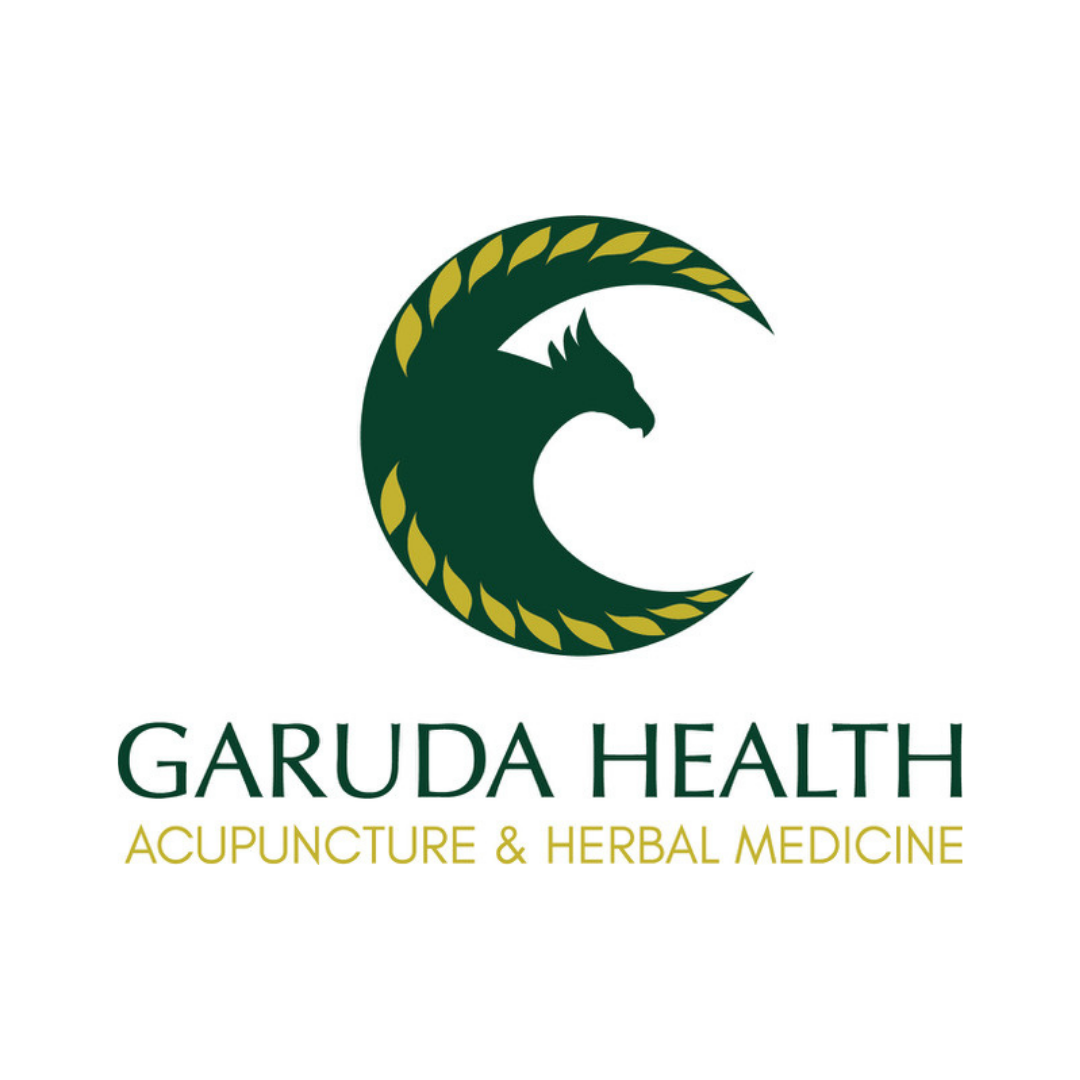The History of Chinese Medicine

Categories: Educational, Information
Tags: Chinese medicine, educational, history
History of Chinese Medicine
Most of us know that acupuncture comes from China and that they have used herbal medicine for a long time. However, it’s not common knowledge as to the history of the medicine, its famous physicians, and clinical history. One of the recurring topics we want to have on our blog is bringing the history of China and its medicine to you. We will dive into some of the most famous texts, doctors, and dynasties of China and how they continually improved upon the study of medicine.
In 1972 the Mawangdui Tomb was excavated and revealed a trove of intact texts written on silk from the early Han Dynasty 168BCE. It’s our first look into the first ideas that were developing in China around philosophy, politics, and medicine. China had been ruled under a central kingdom called the Zhou (pronounced Joe) for many years until rival clans forced them to move their capital east along the yellow river. Creating a power vacuum, an era of war and rivaling states emerged. Much like the famous Greek philosophers Socrates and Plato, the earliest Chinese philosophers like Confucius were born during this era of turmoil.
Many schools emerged to try and think of a new, better way to pursue life, politics, and what caused death. From the texts found in the tomb, we know medical theories on ancestors, demons, and the heavens being responsible for influencing our health, along with rituals and talismans to help, but one particular text would be the foundation of Chinese Medicine in the years to come. Titled 脉法 MaiFa (my-fah) Model of Vessels, a group of practitioners wrote about the vessels in the body as the explanation of health and disease.
Their early understanding that must have been achieved through dissection found that small blood vessels (capillaries) at the finger/toe tips lead into the larger vessels at the center organs. They understood there is blood in the vessels and their early understanding was disease would come from outside and move closer to the central organs to cause death. Using cauterization on the vessels and lancing various ruptures on the skin was their main mode of treatment. It’s written documentation that a group in China were the first to attribute disease to a relation to the outside world and our blood vessels within, and its ideas must have been so revolutionary (and useful) that they survived the great book burning when China was unified under its first emperor Qin Shi Huang (chin sh’uh who-ang) 221BCE.
A century later in the Han Dynasty, 100s BCE, the Yellow Emperor’s Canon of Internal Medicine would be written. A text is so powerful and important that it survives to this day as one of the most important texts written in Chinese Medicine.
I agree with the scholars like Paul Unschuld and Donald Kendall that the Internal Medicine classic was millennia ahead of its time in anatomy, physiology, and treatment. A full theory had been organized around the understanding that the blood vessels run in a circuit, that they contain blood and the combination of vital air and metabolic energy, the importance and function of our internal organs, and how disease manifests from pathogens in our environment, our emotions, and lifestyle.
Organized into two books of several volumes, the first detailed theory on how and why we get sick and how the macrocosm of yin and yang affect our microcosmic bodies. Details on the functions of organs and how they get diseased were detailed. The second book was the first major work on acupuncture. It first details all the major blood vessel networks in the body, and then delves into how pricking various vessel pathways will treat various ailments. I will dive into more detail in the blogs ahead, but the main takeaway is that this book would alter the practice of medicine in China and be the foundation for clinicians to base their treatment theory on for centuries.
Even today it’s quite amazing to read a book that’s as old as Julius Caesar that describes impeccable accuracy with anatomical structures and their function. There’s even a comic book version available on Amazon if you’re interested!
Sources for further reading: Early Chinese Medical Literature by Donald Harper, Medicine in China by Paul Unschuld, Dao of Chinese Medicine by Donald Kendall
In Health,
Jason Gauruder RAc – Garuda Health
Garuda Health ~ Acupuncture & Herbal Medicine
1130 Catalpa Dr, Berkley, MI 48072
248-951-8897
Social Profiles
https://www.facebook.com/garudahealth
https://www.instagram.com/garudahealth/
CID: 12888411367825704863
Business Profile ID12524313827599340252
Maps Link https://maps.google.com/?cid=12888411367825704863
Search Link https://local.google.com/place?id=12888411367825704863&use=srp
Website: https://acupunctureclinicberkley.com/
Appointment URL: https://garudahealth.org/
Place ID: ChIJKUh1Hq3IJIgRn4dbctrV3LI
KG ID/g/11gh2pxsqs
Latitude: 42.4966587
Longitude: -83.1665673

























